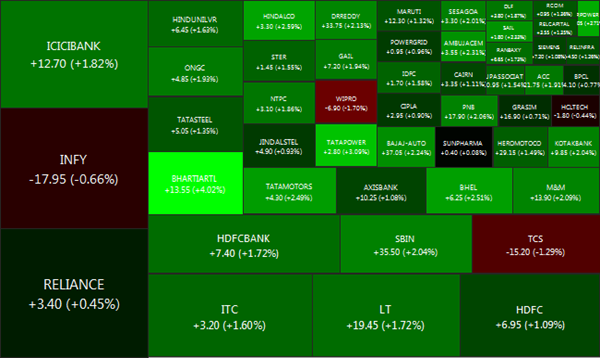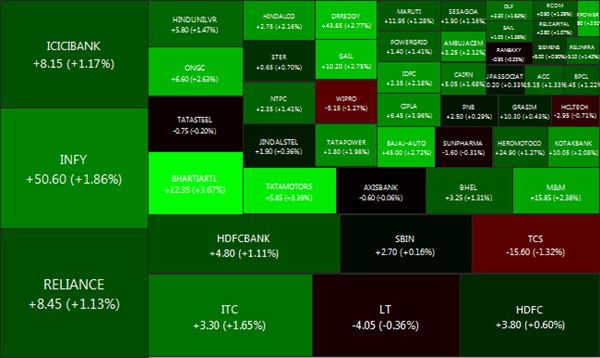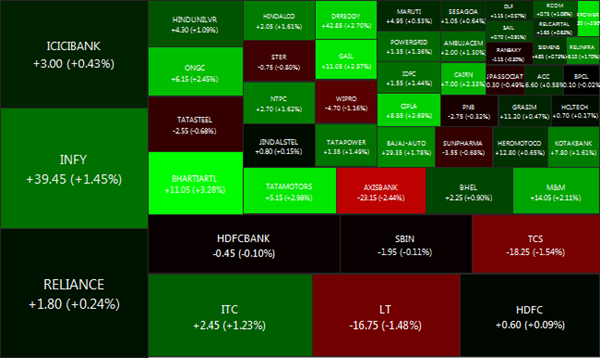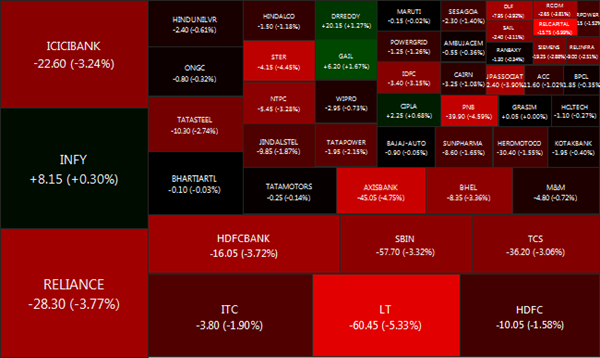
Image by Tulane Public Relations via Flickr
I don’t follow much of Jim Cramer, but he has a pithy saying: “Tips are for Waiters”. I bring it up now because people keep asking me to send out tips on what they should be buying/selling/etc. The problem with “tips” is that they are almost always money losers for the punters playing them. Even the big shops like Motilal Oswal can’t get it consistently right: their actively managed M50 ETF actually underperformed the NIFTY50 last year.
But we get why there is a demand for tips: research is hard work. It requires consistent effort and access to information that is not readily query-able. Some investors don’t know where to start, for them we came out with Groups. It provides a visual launchpad for further research (more green blocks => good). But its definitely not for someone looking for a quick fix. However, we strongly believe that tips provided by “gut” traders do more harm than good and we want to stay away from it.
We stumbled on the alternative today: create a quantitative model to generate buy/sell signals and make that model public. This way the magic is replaced by methodology. So what we are working on now is a model based on technical analysis, that will be open-sourced, and its calls will available through StockViz. The trick would be to start with something basic and keep adding complexity as we refine it.
Stay tuned!






